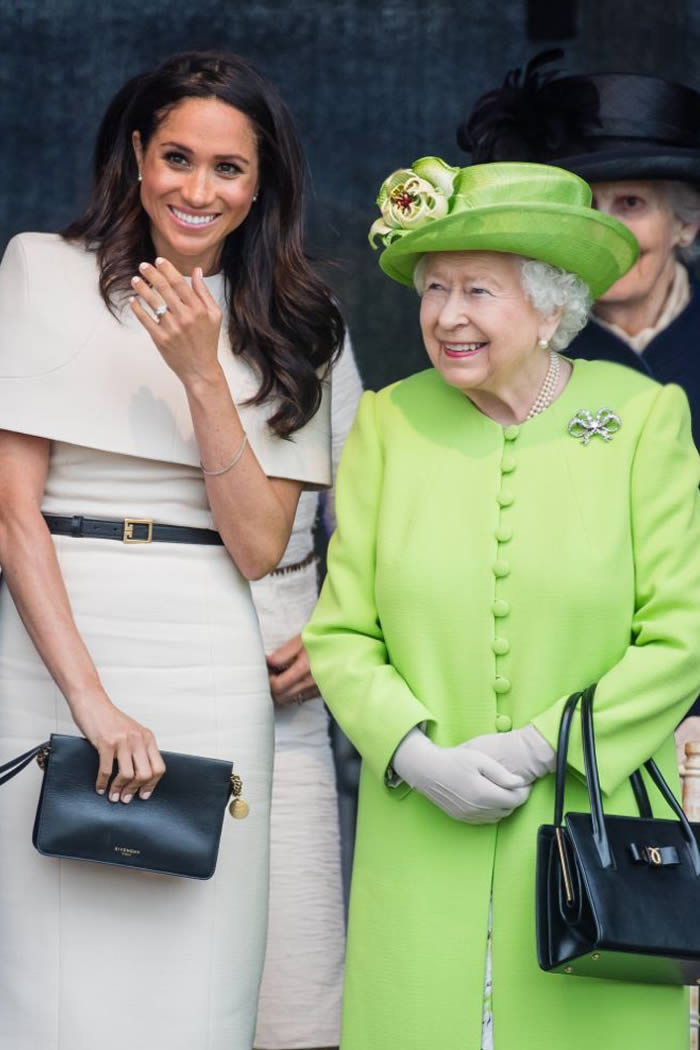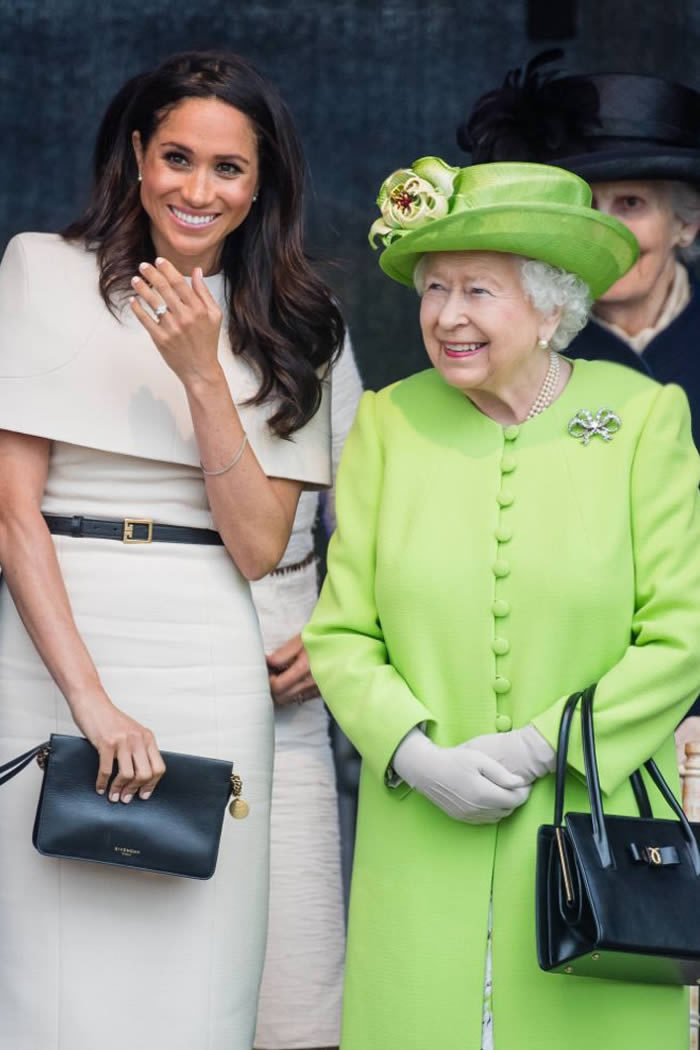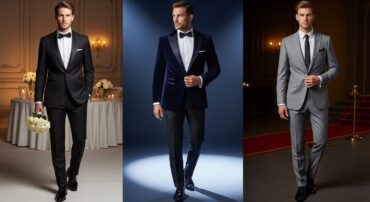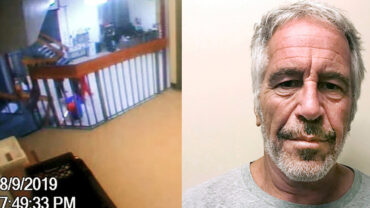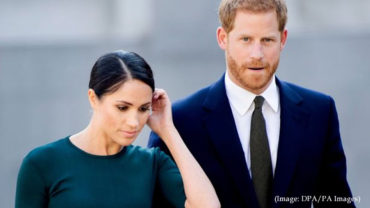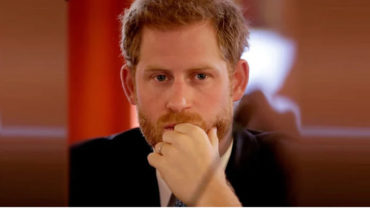The following day, Camilla, the woman dubbed the “Rottweiler” by Diana became, surpassed her far more glamorous predecessor’s record and had officially been Charles’ wife for longer.
Even though it is decades since the Wales’ formally divorced in 1996; despite the fact that Charles’ marriage to Camilla has been characterised by a hitherto unknown stability; despite the fact that Camilla has assiduously plugged away, having taken on more than 70 patronages; despite having not put a foot wrong in 15 years of HRH-dom and making the Queen’s son clearly very happy; Diana’s star still continues to far eclipse that of her successor.
Today is Diana’s birthday (she would have been 59 years old). This time exactly 39 years ago the nervous teenager was weeks away from her wedding and while an ebullient world waited for the ostensibly fairytale union, she was already questioning her decision to accept Charles’ proposal. (Years later, Diana would tell biographer Andrew Morton that when she voiced her hesitancy to her sisters they said to her, “Well, bad luck, Duch, your face is on the tea-towels so you’re too late to chicken out.”)
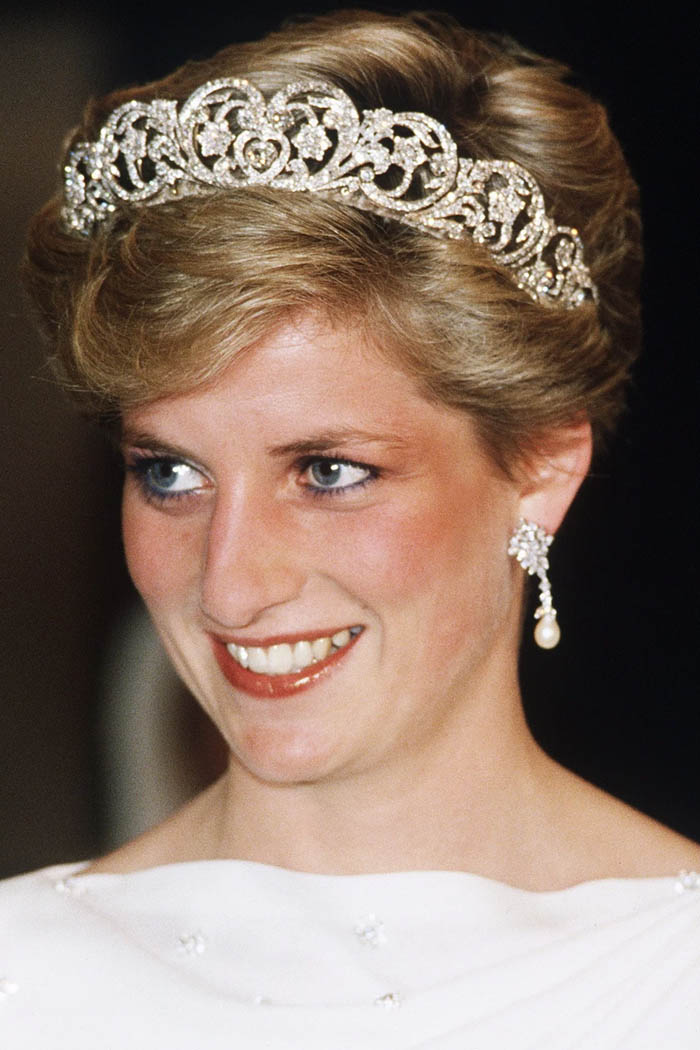
While Diana might have only been married to the Prince of Wales for 15 years of those four decades, to this day, her legacy continues to profoundly shape the royal family.
Most obviously, there are her sons, Prince William and Prince Harry. These two men might be currently at loggerheads, separated by an ocean, a continent and (allegedly) a whole lot of hurt feelings, but they are still very much alike in that their mother’s humanity and approach to royal life has moulded both of them.
Both Wales boys have actively pursued causes and issues that matter to them such as African conservation and mental health. Time and again, the humanity and warmth they brought to official engagements seemed like a clear continuation of Diana’s style.
Beyond that, Diana laid out a new template for royal work, one that involved being far more substantively involved in a cause beyond turning up, accepting a posey, limply shaking a few hands and hightailing it back to the Bentley post haste. Having raised the bar, other members of the royal family followed suit and it is her model that the Queen’s grandchildren follow now.
The Queen’s inability to manage (or understand) a coltish, wildly charismatic Windsor wife is a situation that has largely played out beat for beat again in recent years, this time in the case of Meghan Duchess of Sussex. Now, three months after their official ‘divorce’ day from the royal family, it looks increasingly like the Queen has managed to make the same mistake with the renegade couple as she did with the Princess of Wales.

Report after report has suggested that Meghan’s distinctly Californian dynamism and moxie has put her at odds with palace staffers from nearly day one. In the just-released Royals at War investigative journalists Dylan Howard and Andy Tillett report that “Immediately after the marriage, she dived in, naming various charities that would henceforth benefit from her patronage. A Palace insider claimed: ‘It was all too rushed, with- out proper research.’”
As the dust settles in the wake of the flight of the Sussexes from London, it would seem that as with Diana, Her Majesty struggled to find a way to channel their innate talents and dynamism.
Like Diana before her, Meghan’s zeal to use her royal platform as she saw fit and the velocity with which she got stuck in put her at odds with the far more sagacious and deliberate palace machine. And like Diana before her, stifled, isolated and hungry to help the masses, she, along with Harry, decided their future lay outside of the tradition-bound strictures of the royal family.
Clearly, the loss of both Diana and Meghan from the royal fold significantly damaged the royal brand. With the departure of each, the Queen lost charismatic, driven and popular torchbearers of the royal brand.
However the biggest lesson that the Queen failed to heed after the Princess of Wales’ royal tenure is that former HRHs on the loose in the wider world, unshackled from protocol and carrying with them some degree of hurt, can be a dangerous commodity.
To start with, in terms of monopolising media oxygen and public interest. When Diana and Charles’ divorce was finalised in 1996, it was her powerful campaign against landmines that Fleet Street and the world’s press wanted to write about, not whatever rural farming initiative Princess Anne was dutifully plugging or hospital ward she was opening.
In the 90s, where Diana went, so too did the press’ slavish attention, leaving the remaining HRHs to valiantly toil away in a media vacuum, their efforts permanently outshone by the globetrotting, magnetic Princess.
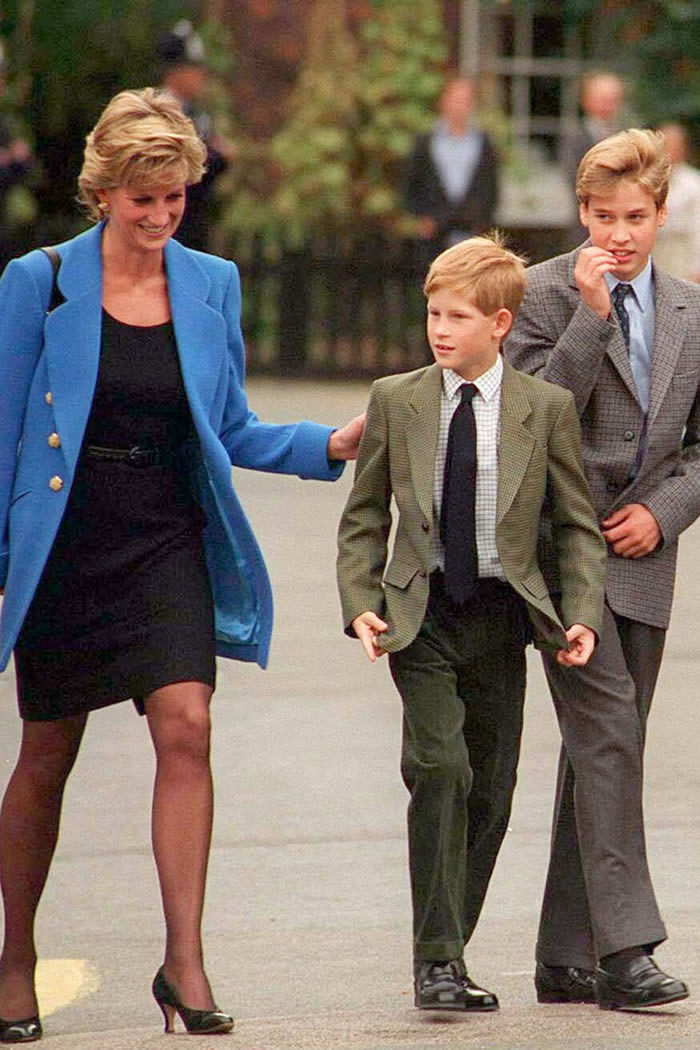
A similar scenario is playing out now. With Harry and Meghan in Los Angeles, poised to start their new life, new charity (coming in 2021) and new careers (having recently signed with an A-list speakers bureau which could see them collecting million-dollar pay cheques), it is a given that each development and outing will be breathlessly covered by the press.
Likewise, looking back, at both Diana and Meghan (and Harry), it surely would have been far more judicious, far savvier, to keep them inside the royal tent. In Diana’s case, despite still being styled Princess of Wales post-divorce and keeping her apartment in Kensington Palace, the Queen stripped her of her HRH status and she was shunted out of the royal camp.
Only two months before Diana’s death, the Queen and her family gathered on the Buckingham Palace balcony for Trooping the Colour. Her Majesty beamed in pale yellow, flanked by a slew of crimson military uniforms and the Duchess of Gloucester in some particularly bold stripes. Conspicuously absent – Diana.

